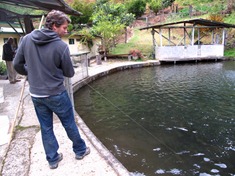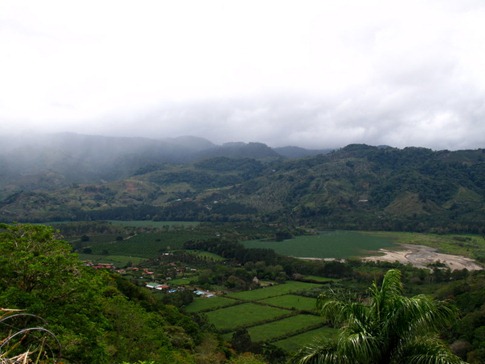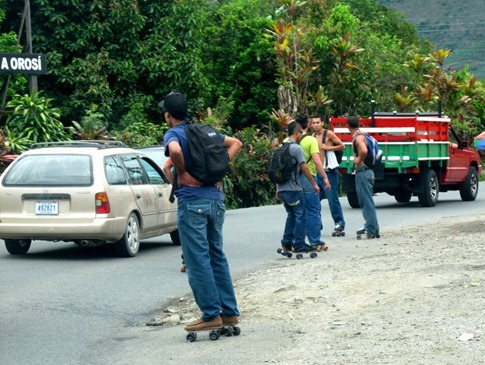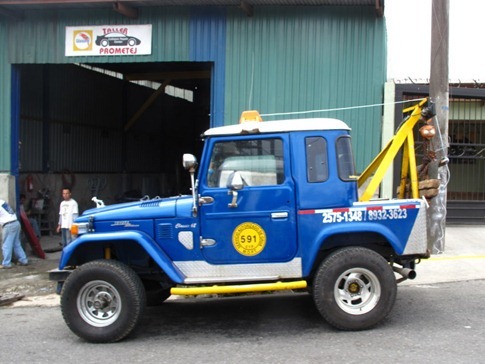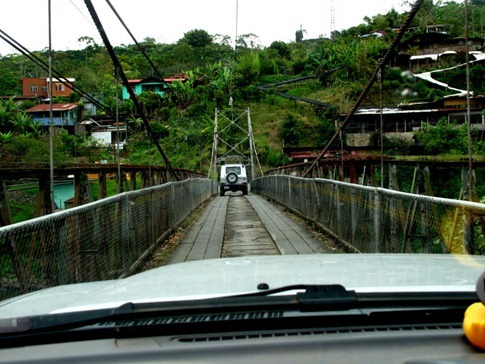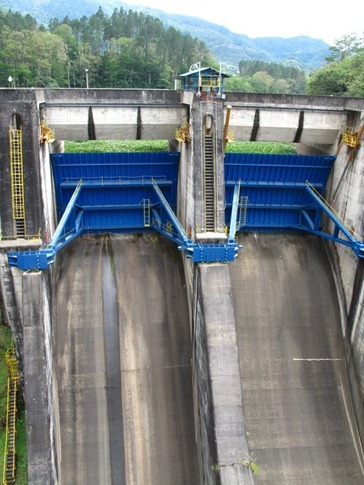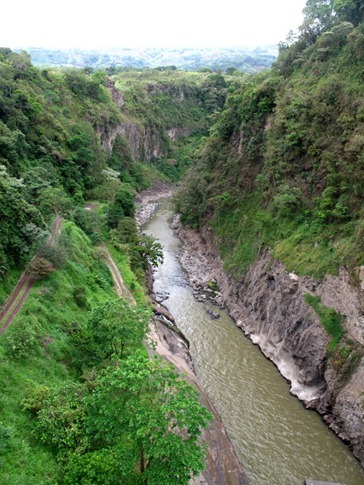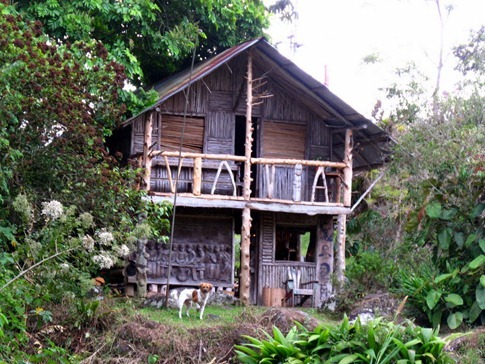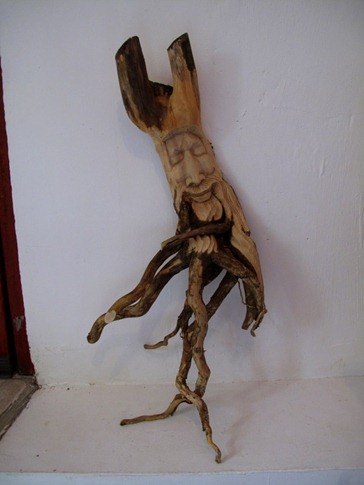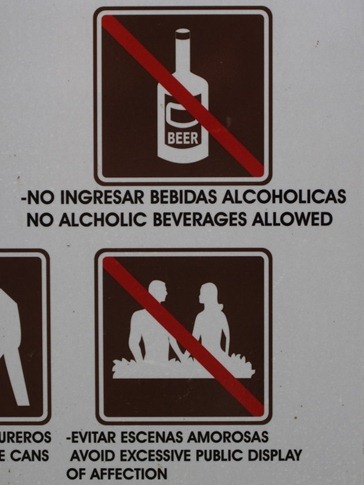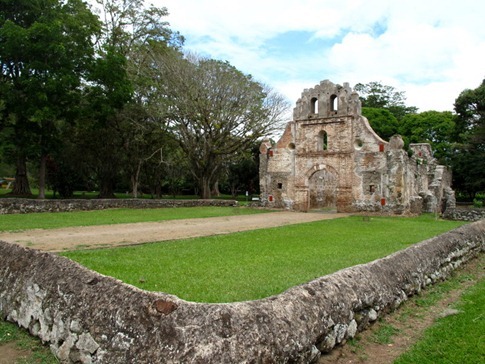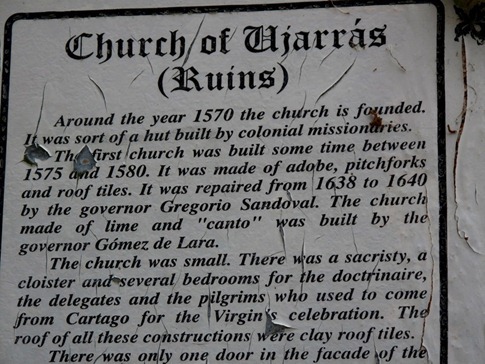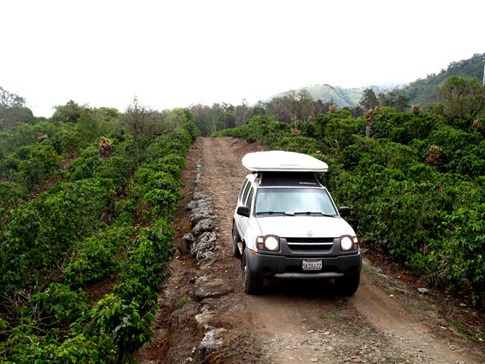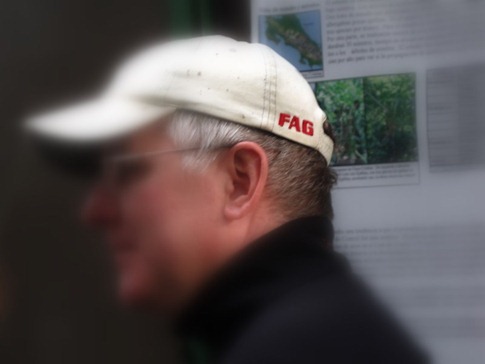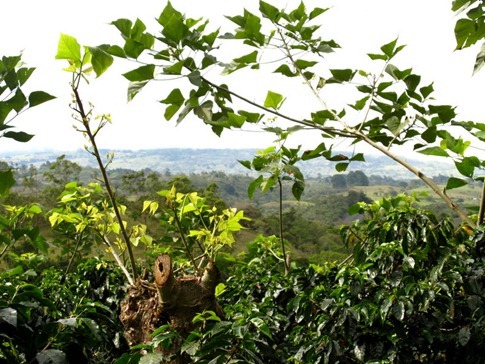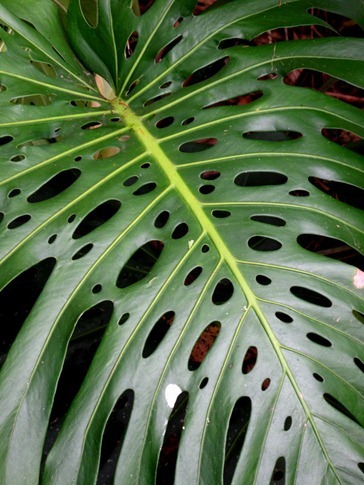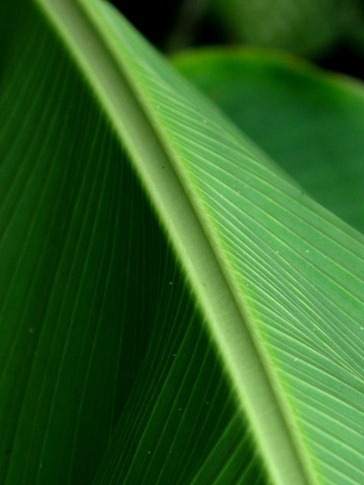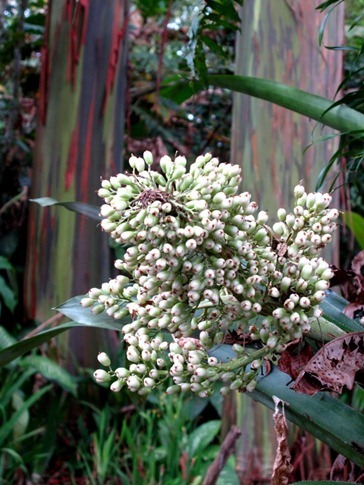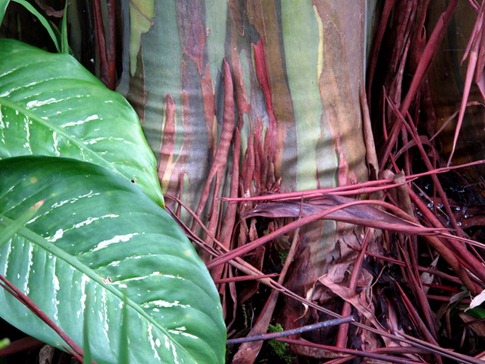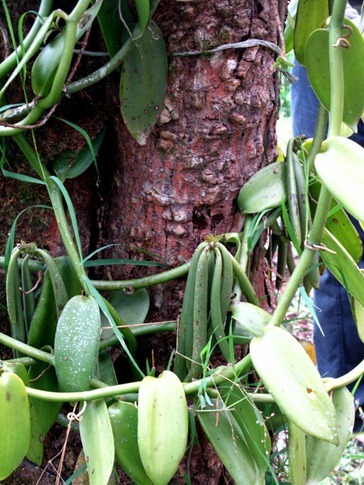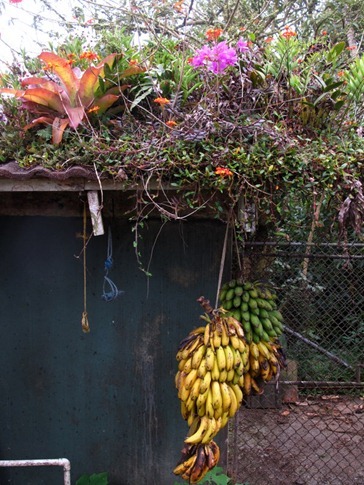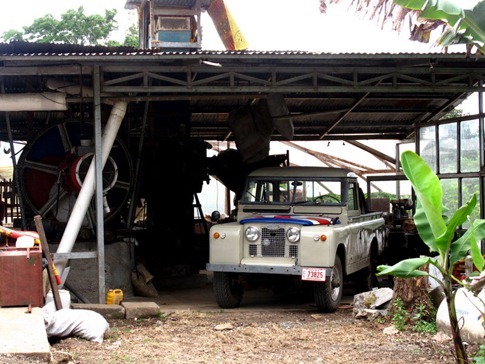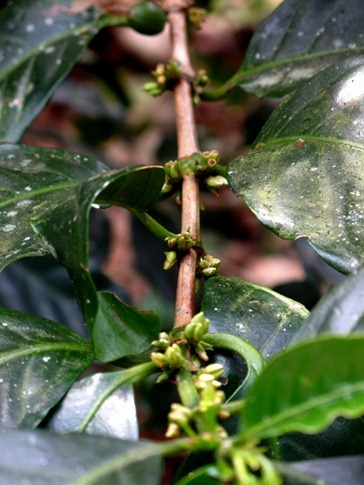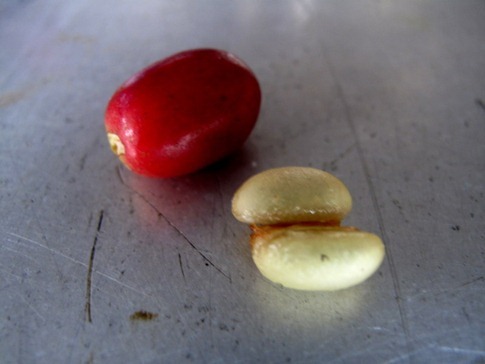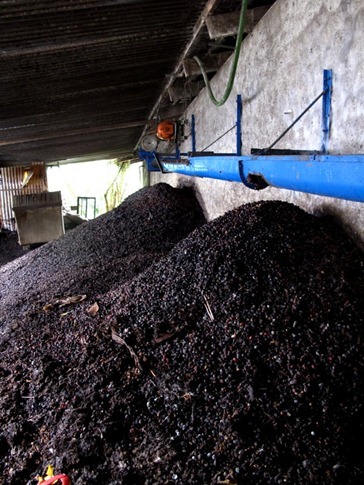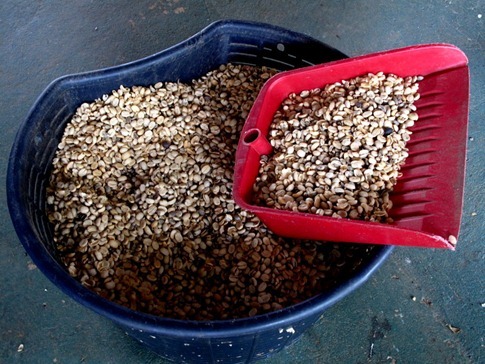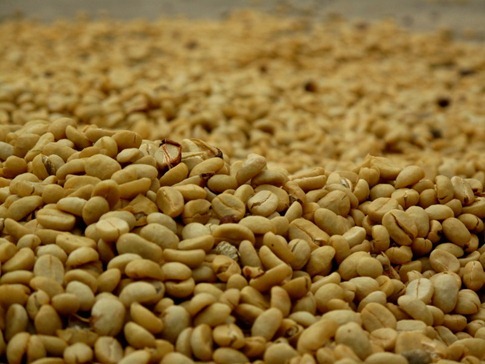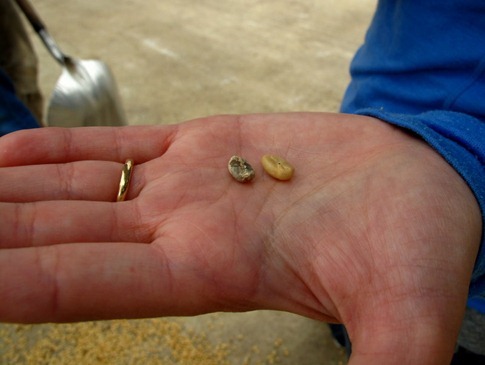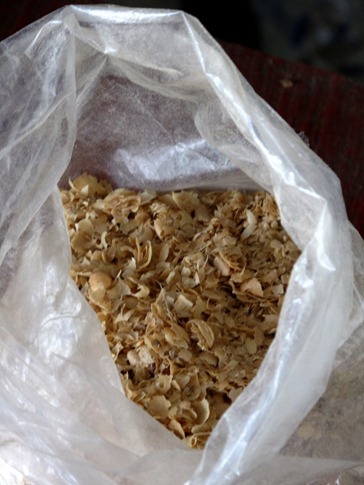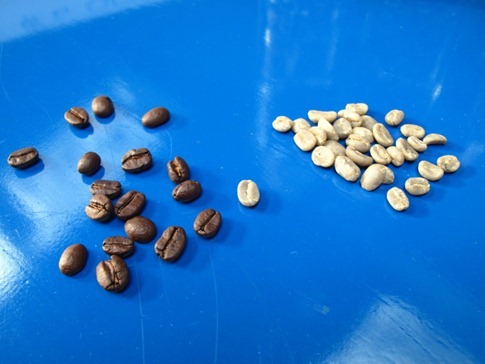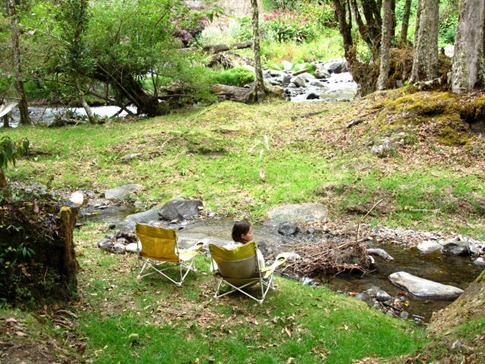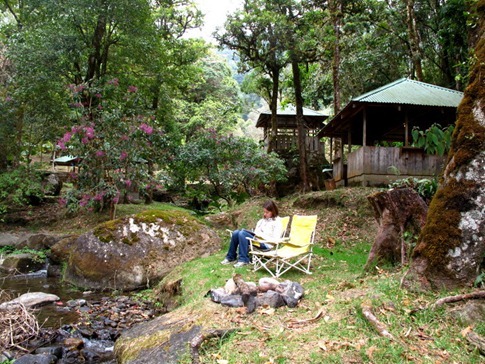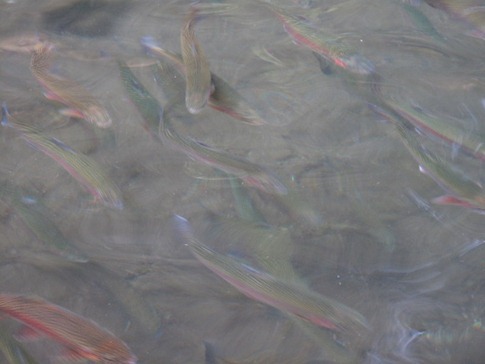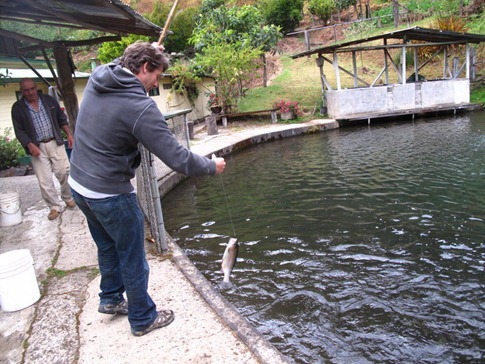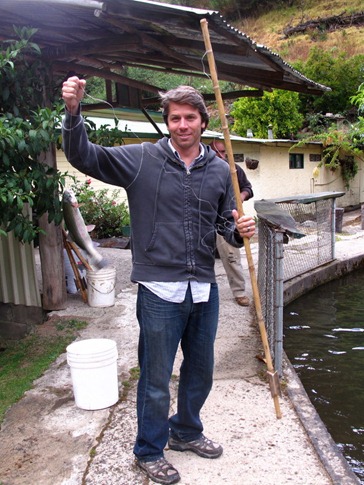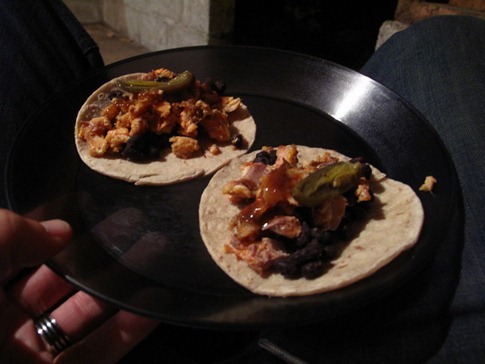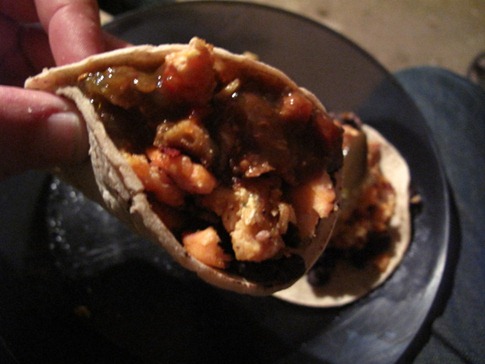The mountain roads skirting San Jose to the north were often rough gravel, sometimes looking like a construction project was underway (though no one was working) and sometimes just looking like they’d melted under years of torrential tropical downpours. Signs saying “Careterra en mal estado” – the road is in a bad state – looked like they’d been there for years.
Closer to the city, however, we began to see something very interesting: people out riding their bikes. And not single speed junkers (yeah, I said it, hipsters) but shiny modern road bikes and wearing cycling jerseys with sponsors on them. It took us a second to figure out what this meant; These people had disposable income. Plus, enough energy after going about their daily lives to choose to ride their bikes up a mountain for enjoyment and exercise. After seeing a lot of people with faces that seemed to show the struggle of their day to day lives, it was a little bit of a shock to see young, fit people enjoying a Sunday afternoon. I learned later that Heredia is home to an Intel Premium Processor factory that has recently brought more money to the region that coffee and banana exportation combined.
It was also strange to be on a four lane highway again as we passed through San Jose. In the malls alongside the Interamericana, there were fast food restaurants, large chain retailers and home supply stores. After our exit, we again picked up a trail of cyclists, this time mountain bikers, heading back from a day’s ride and saw banners for a mountain bike race that had taken place earlier in the day. This was really starting to feel like a small town in Colorado or something.
Except for the palm trees and coffee plantations I suppose…
We’d read something in our Lonely Planet about a man-made lake nearby with a couple small towns around it. The lake is visible in the picture above but is almost completely covered by floating plants; I’m not sure “lily pad” is the technical term.
We found ourselves in a parade as we cruised the main street of the town of Orosi. On both sides of the street, people were tailgating in pickup trucks, blasting music through huge speakers and in every hand was a bright, yellow and red can of Imperial, a national beer. We found out later that this was a “tope,” a horse parade, where everyone comes down out of the hills to show off their horses. Pickup trucks with high wooden sides carrying single horses sometimes looked like the horse was driving it’s own chariot. Riders in their finest western shirt and boots would sidestep their horses down the street, guiding them into turns and little dances for the crowd. Apparently, this was the last night; It had been going on for two weeks!
Now, it turns out we didn’t get any pictures of all this. But, we found something even better. Somehow, alongside this bad-ass, flashy western riding cowboy culture, another trend has emerged.
I would love to hear the story behind the old-skool rollerskates making a comeback.
Orosi also seemed to be where every old Toyota Land Cruiser FJ40 every produced had retired. I’ve always wanted one of these and even briefly considered doing this trip in one. As it turns out, I would say Nissan Frontier pickup trucks, the platform on which the Xterra is based, have been the most common vehicle I’ve seen on the trip although Toyota sightings have been on the rise since Nicaragua. Still, I was pretty much getting whiplash as we passed every conceivable variety of FJ.
The next day, we made the short drive around the lake, stopping at a cool little wood carving shop where a local guy created earthy figures from the roots of coffee plants. We found one for ourselves and another one for my mom.
We also stopped at the ruins of an old church in a pretty park. Unfortunately, the rules totally cramped our style…
I like this sign because it explains that the first version of the church was made from “adobe, pitchforks and roof tiles.” That I would like to have seen.
We ended the day at a tour of an organic coffee farm owned by an American couple. The wife gave us a rambling and exhaustive lecture on every type of fungus and beetle that could affect coffee production. Just to keep my eyes from rolling back into my head, when she commented that other insects didn’t really eat the coffee, I said “That’s weird, you’d think insects would like the buzz.” This was followed by the sound of nothing but crickets for what seemed like 3 minutes.
Not even the German guy on the tour with us thought it was funny.
But, we did learn a lot about organic coffee farming. Interspersed within the coffee plants are fast growing native trees that create shade during the summer which protects the plants and inhibits the growth of weeds. Each year, the shade trees are cut back after the wet season to allow the sun to dry out the ground to prevent the growth of fungus. They grow back during the heavy rains in the spring to once again provide shade.
And the farm was filled with interesting plants.
The multi-colored tree in the back was eucalyptus.
A vanilla orchid I think she said?
And stuff…
Okay, so here goes. Coffee trees flower and begin to produce fruit, a little red berry, between the flowers.
A bus load of Nicaraguans show up to pick the coffee; Costa Ricans generally won’t work cheap enough. Picking it at just the right ripeness is the most important part of getting a good bean.
Berry is stripped away to reveal the seeds, the “beans,” which are spread out to dry.
Yellowish seed casing, the “parchment” is removed to reveal a greenish bean.
The beans are then sorted into grades by a vibrating machine that separates them by density; The most dense beans are the highest quality. They are now ready for roasting. The more they are roasted – light roast, medium roast, dark roast – the more moisture and caffeine evaporate out of them. I had always thought dark roast had more caffeine.
We drove home from the talking a lot about how all the elements of the farm worked together; The shade trees controlled weeds and fungus, banana trees attracted a mite that was harmful to the coffee plants, seed casings were exported to Europe where they were pressed into heating pellets, etc. Even the methane gas from the pigs that ate the berry skins was captured and used for cooking. Now I’m not typically a touchy-feely earth guy, but I liked the simple, natural elegance of the interactions. We both got online that evening for a Google marathon on topics like “permaculture.”
From San Jose, the Interamericana, kinda like “Pan American Highway Lite,” climbs to its highest point, over 10,000 ft, at Cerro de la Muerte. “The Mountain of Death” may have received its name from early settlers trying to find a route to the Pacific Coast from the Caribbean, or just as likely, from speeds at which truck and bus drivers take the turns.
We dropped down into the valley of San Gerardo de Dota, again not quite sure what we were looking for. The valley is in the Parque Nacional de los Quetzales, home to the “resplendent Quetzal.” One can only assume that the punishment for omission of this particular adjective from its place in front of the name of the bird is quite severe in Costa Rica; It’s just not done. While we didn’t see a Queztal - oh crap, RESPLENDENT QUETZAL! – we found an incredible campground with water, power and shelters right beside a beautiful river.
Across the street, they had a pond filled with farmed trout. We couldn’t resist – actually, couldn’t avoid is probably more accurate - catching a couple and bringing them back for some fish tacos. There are a couple pics below but the video really tells the whole story…
I don’t know what all the fuss is about; Fishing is really not that hard. 
